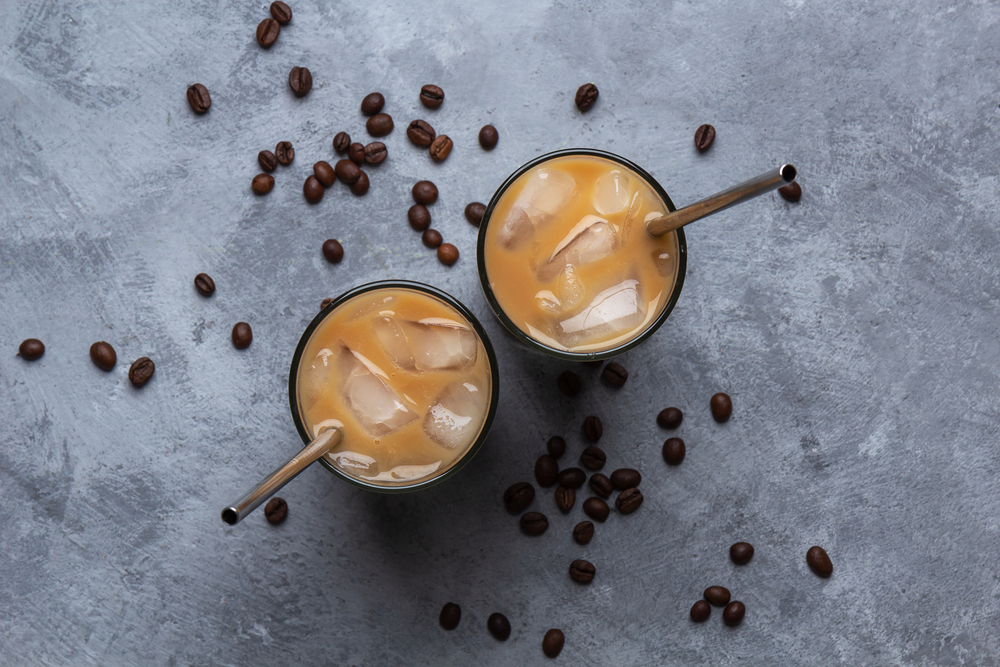There’s a warm feeling that comes with taking a sip of a perfectly crafted macchiato, especially on a chilly morning. A macchiato, often overshadowed by its more popular siblings like the cappuccino and latte, offers a strong espresso kick with a slight touch of milk to balance it out. But which milk is the perfect complement to that robust shot of espresso?
Do You Put Hot or Cold Milk in a Macchiato?
A macchiato traditionally consists of a shot of espresso with just a dollop of milk. This isn’t the kind of drink that demands a large volume of milk. Instead, the milk acts as a subtle companion to the espresso, softening its strong profile.
“The purpose of milk in a macchiato isn’t to dominate, but to complement.”
Hot Milk
When it comes to temperature, it’s customary to use **hot milk** in a macchiato. The warmth of the milk should marry well with the heat of the freshly brewed espresso. The milk can be steamed lightly, which ensures it retains most of its natural sweetness.
Cold Milk
While traditional macchiatos utilise hot milk, there are variations such as the iced macchiato. For these, cold milk and ice are added to a shot or double shot of espresso. In this case, the espresso often sits atop the milk, creating a visually striking layered effect.
How to Make Macchiato Cream
The cream in a macchiato, often referred to as the “foam”, adds texture and a velvety mouthfeel to the beverage. Here’s a step-by-step guide:
- Start with fresh, cold milk. Whether it’s dairy or a dairy substitute, it’s easier to get a good foam from cold milk.
- Pour the desired amount of milk into a steam pitcher.
- Use the steam wand on your espresso machine to introduce air into the milk. The tip of the wand should be just below the surface of the milk. This will create the microfoam that’s ideal for a macchiato.
- Once you’ve got the desired amount of foam, submerge the wand deeper into the milk to heat it without introducing more air.
- Pour the foam atop your espresso shot to finish your macchiato.
Can a Macchiato be Made with Almond Milk?
Absolutely. Almond milk is a popular alternative to dairy milk, especially among those who are lactose intolerant or prefer a dairy-free option. However, there are some considerations to keep in mind:
- Consistency: Almond milk is typically thinner than cow’s milk. This means it might not froth as well. Opt for barista versions or brands that indicate they’re good for frothing.
- Flavour Profile: Almond milk imparts its own nutty flavour which can either complement or mask the taste of the espresso. It’s a matter of personal preference.
Can a Macchiato be Made with Oat Milk?
Yes, oat milk has gained immense popularity in coffee shops across the UK. Its creaminess makes it a great option for those looking for a dairy substitute.
Frothing Qualities
One of the reasons why oat milk has become a staple in coffee shops is its frothing quality. Oat milk froths similarly to regular dairy milk, making it excellent for creating that desirable macchiato foam.
Flavour
Oat milk provides a slight sweetness and a rich, creamy texture. Its flavour profile, distinct yet not overpowering, pairs well with the bitterness of espresso, creating a harmonious balance in a macchiato.
“With the right milk or milk alternative, a macchiato transforms from a simple espresso shot to an experience.”
In conclusion, the choice of milk in a macchiato is a deeply personal one. While traditionalists might stick to dairy, the vast array of milk alternatives available today ensures that there’s a perfect macchiato for everyone. Whether you prefer the nutty undertones of almond milk, the creamy richness of oat milk, or the classic taste of dairy, your perfect macchiato awaits.



